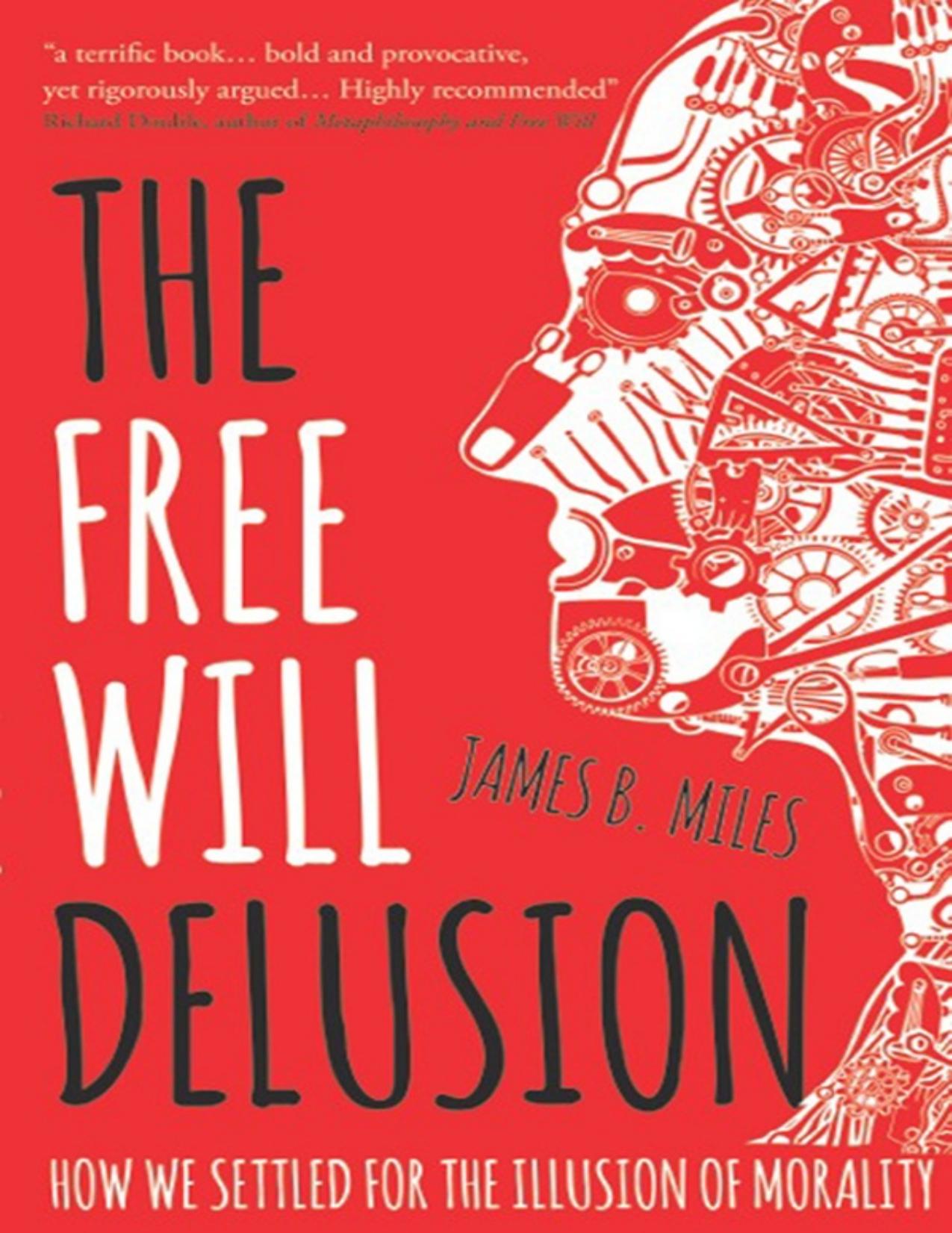The Free Will Delusion by James B. Miles

Author:James B. Miles
Language: eng
Format: epub, pdf
ISBN: 9781784628321
Publisher: Troubador Publishing Ltd
“Meanwhile, Lukaja handed the infant to the alpha male Ntologi, who dragged, tossed, and slapped it against the ground. Ntologi climbed a tree with the infant in his mouth. He waved it in the air, and finally killed it by biting it on the face… Conspicuous competition for meat and meat-sharing was observed as usual. Three adult males and an adult female obtained meat from Ntologi. Two adult females, two juvenile females, a juvenile male, and an infant recovered scraps from the ground or were given scraps. At 13:00, Ntologi was still holding the skin of the carcass” (Hamai et al., 1992, ‘New records of within-group infanticide and cannibalism in wild chimpanzees’, Primates, p.152).
We share 99% of our DNA with the chimpanzees above, when calculated using single nucleotide substitutions. The primatologist Sarah Hrdy was shocked to discover, in groundbreaking work four decades ago, that infanticide was the single greatest source of the up to 83% infant mortality rate within the langur monkey groups she studied at Abu in India (1977, 1977a). Infanticide, Hrdy ultimately realised, was perfectly natural and adaptive behaviour – extremely advantageous for the langur males who succeed at it. Along with more rigorous field study, selfish gene theory – selection at the level of the gene, not at the level of the individual and certainly not at the level of the group – as developed by George Williams in the late 1960s and popularised by Richard Dawkins in the late 1970s, has completely altered our understanding of both nature and natural adaptive behaviour. All the major figures within the development of selfish gene theory, from Williams to John Maynard Smith and Bill Hamilton, as well as popularisers like Richard Dawkins, have come to realise that (to quote Hamilton) “the animal in our nature cannot be regarded as a fit custodian for the values of humanity” (1971, p.219). Or, as Richard Dawkins puts it, “civilized human behavior has about as much connection with natural selection as does the behavior of a circus bear on a unicycle” (Ridley & Dawkins, 1981, p.32). Returning, then, to P.F. Strawson, the natural – one might even say essential – model that mainstream reactive-attitudinism is advancing for mankind doesn’t get us far in the morality stakes. Firstly, almost everything that makes us distinctly human seems to be against nature. All the best of our characteristics, with perhaps the singular exception of a mother sacrificing for her child, are seen nowhere in the non-human – the natural – world. Compassion, fair play, justice, charity, kindness: these, as Hamilton and Williams recognised, are not natural world behaviours. They are seemingly the culturally-overlaid rejection of natural world behaviours.
Even the mother sacrificing for her child should give us pause. Equally shocking to Sarah Hrdy as the within-group infanticide were the instances of primate mothers abandoning their butchered infants soon after or even before death. “It is far more likely, however, that desertion reflects a practical evaluation of what this infant’s chances are weighed against the probability that her next infant will survive” (Hrdy, 1977, p.
Download
This site does not store any files on its server. We only index and link to content provided by other sites. Please contact the content providers to delete copyright contents if any and email us, we'll remove relevant links or contents immediately.
The remains of the day by Kazuo Ishiguro(8393)
Tools of Titans by Timothy Ferriss(7812)
Giovanni's Room by James Baldwin(6808)
The Black Swan by Nassim Nicholas Taleb(6763)
Inner Engineering: A Yogi's Guide to Joy by Sadhguru(6440)
The Way of Zen by Alan W. Watts(6288)
Asking the Right Questions: A Guide to Critical Thinking by M. Neil Browne & Stuart M. Keeley(5355)
The Power of Now: A Guide to Spiritual Enlightenment by Eckhart Tolle(5331)
The Six Wives Of Henry VIII (WOMEN IN HISTORY) by Fraser Antonia(5236)
Astrophysics for People in a Hurry by Neil DeGrasse Tyson(5000)
12 Rules for Life by Jordan B. Peterson(4160)
Housekeeping by Marilynne Robinson(4060)
The Ethical Slut by Janet W. Hardy(4040)
Skin in the Game by Nassim Nicholas Taleb(3965)
Double Down (Diary of a Wimpy Kid Book 11) by Jeff Kinney(3924)
Ikigai by Héctor García & Francesc Miralles(3889)
The Art of Happiness by The Dalai Lama(3844)
Skin in the Game: Hidden Asymmetries in Daily Life by Nassim Nicholas Taleb(3722)
Walking by Henry David Thoreau(3681)
